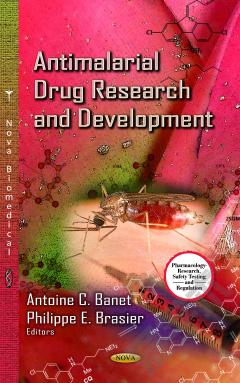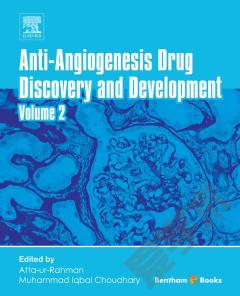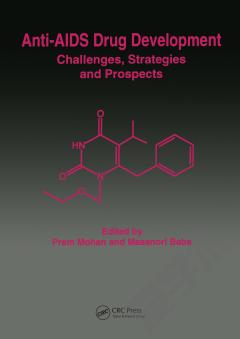Antimalarial Drug Research and Development
Malaria-like febrile illnesses have been described since Hippocrates as fevers that were periodic and associated with marshes and swamps. The word “malaria” comes from the Italian “mal’aria” for “bad airs”. Malaria is transmitted to humans via the bite of the infected female mosquito of anopheles species. Malaria can exist, in a mild form that is most commonly associated with flu-like symptoms; fever, vomiting, and general malaise. Most disease cases are found in the poorest countries; tropical Africa, Latin America, Southern Asia and Oceania. More concern is being given now to malaria even in countries where there is a low risk of infection due to the phenomena of global warming which is significantly increasing. In this book, the authors present current research in the study of antimalarial drug research and developments. Topics discussed in this compilation includ the antimalarial atovaquone prodrugs based on enzyme models with molecular orbital calculations approach; new quinoline-based multiple ligands in antimalarial drug development; new molecular scaffolds as potential therapeutic agents to combat antimalarial resistance; and PfCRT mediates sensitivity of chloroquine-resistant P. Falciparum to diamidines.
{{comment.content}}








 京公网安备 11010802027623号
京公网安备 11010802027623号